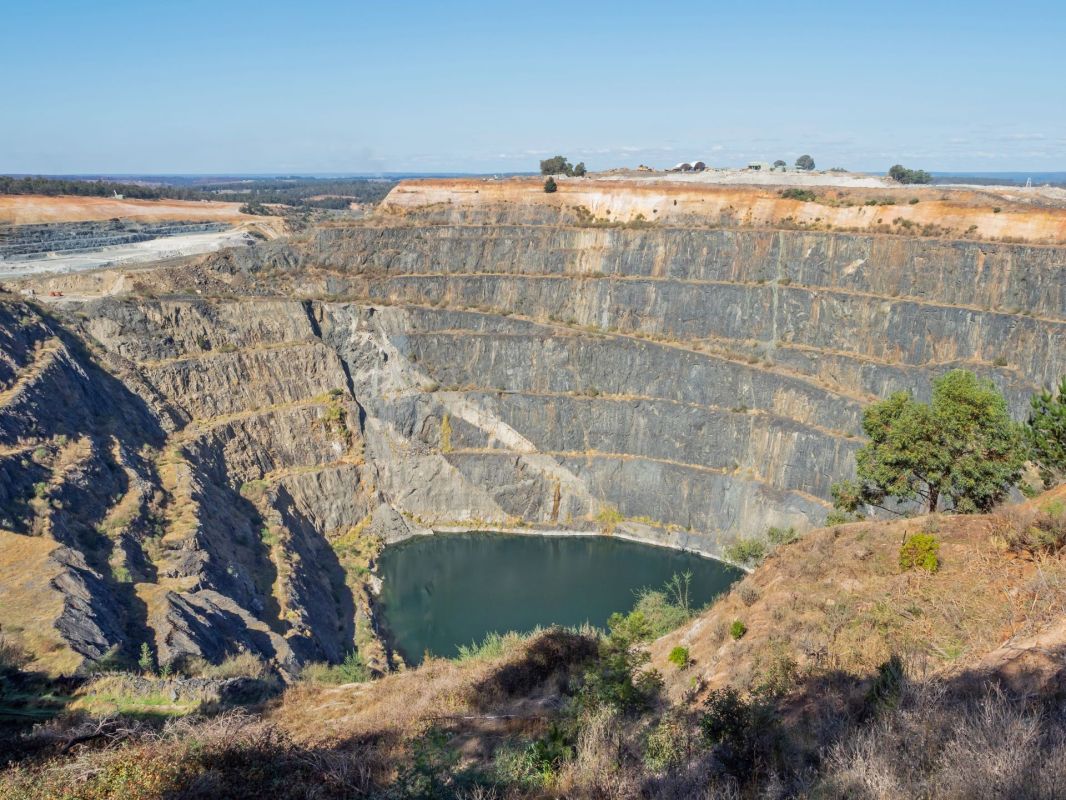As the demand for electric vehicles (EVs) rises, companies are developing lithium mining and extraction operations powered by clean energy and located near the Salton Sea in California. In a move similar to California's 1849 Gold Rush, enterprising parties are racing to stake as many claims as they can, this time in the region now known as the Lithium Valley.
What's happening?
San Diego-based company EnergySource Minerals has envisioned a lithium mining plan for the region's geothermal brine rather than for the hard-rock sources of typical mines. The company plans to build a lithium facility that could be ready for commercial use by 2025, CBS News reports.
Other than EnergySource Minerals, Warren Buffett's BHE Renewables (a subsidiary of Berkshire Hathaway Energy) and the Australian company Controlled Thermal Resources are also venturing into lithium mining in the area.
How will lithium be mined?
EnergySource Minerals aims to create a lithium facility that would be the "cleanest, most efficient lithium process in the world," as company president and CEO Eric Spomer told CBS News. It will use brine that is already being brought to the surface by geothermal electric plants.
The brine that rises to the surface is rich with minerals and produces steam, which drives turbines to generate electricity. Earlier, this brine was returned to the earth. The new facility will extract lithium from the brine before reinjecting it underground.
EnergySource Minerals is planning to build a $1 billion expansion to pull lithium from the brine, Spomer told San Diego's KPBS last October.
How is this mining different?
Lithium mining by EnergySource Minerals — really more lithium "extraction" because the materials will be pulled from the ground anyway — will use one of the more environmentally friendly ways to secure lithium, a Direct Lithium Extraction [DLE] technology called ILiAD.
When the brine water is run through the ILiAD device, it is then pushed through a filter system, or "media," as Spomer describes it.
"The media attracts the lithium-ion and lets everything else pass through," he told KPBS. "So it goes in, gets attracted to the absorbent, everything else washes through, and then we come back with a lithium-spiked solution that causes all those lithium ions to be released from the absorbent."
How will lithium mining help the community?
CBS News reported that the Salton Sea area's "once-thriving tourist industry has been replaced by environmental decay, toxic dust, and economic hardship." The news outlet noted an unemployment rate of around 16%.
TCD Picks » Quince Spotlight

Lithium mining could provide the employment opportunities that the region needs. Moreover, Governor Gavin Newsom recently signed a law that will levy an excise tax on every ton of lithium recovered in the valley, KPBS reported. The tax revenue will go to the county.
"Eighty percent will go to the county for purposes of reinvestment into the community. Thirty percent of the 80% will be directed to communities closest to the lithium recovery activities," Eduardo Garcia, California assemblyman, told KBPS. "The remaining 20% will be reinvested back into Salton Sea management efforts."
What can we expect?
According to CBS News, Spomer estimates recovery of enough of the metal from the region to support 7.5 million EVs a year, which is half of the total car and truck sales in the U.S.
Join our free newsletter for weekly updates on the coolest innovations improving our lives and saving our planet.













